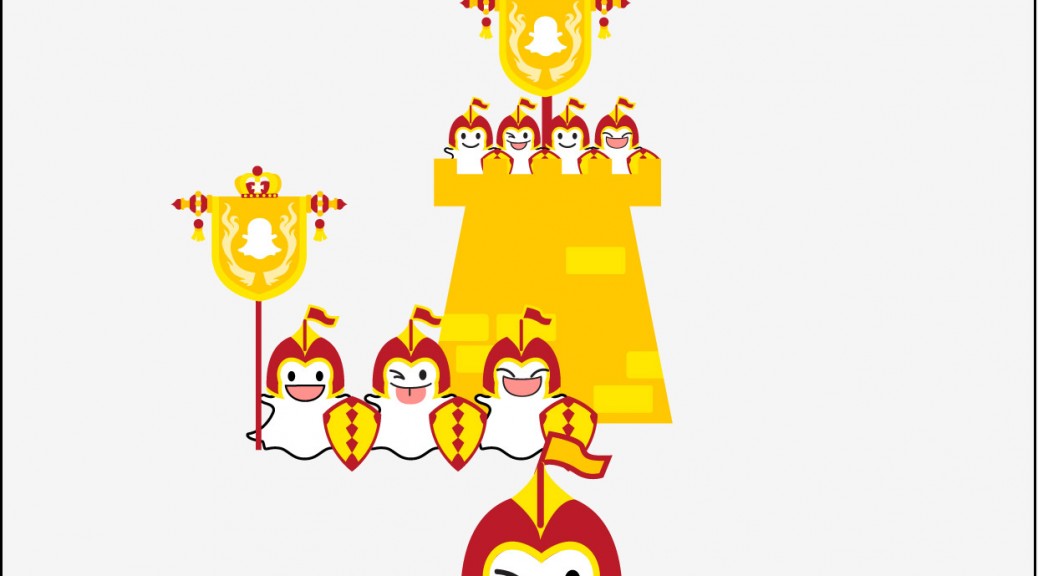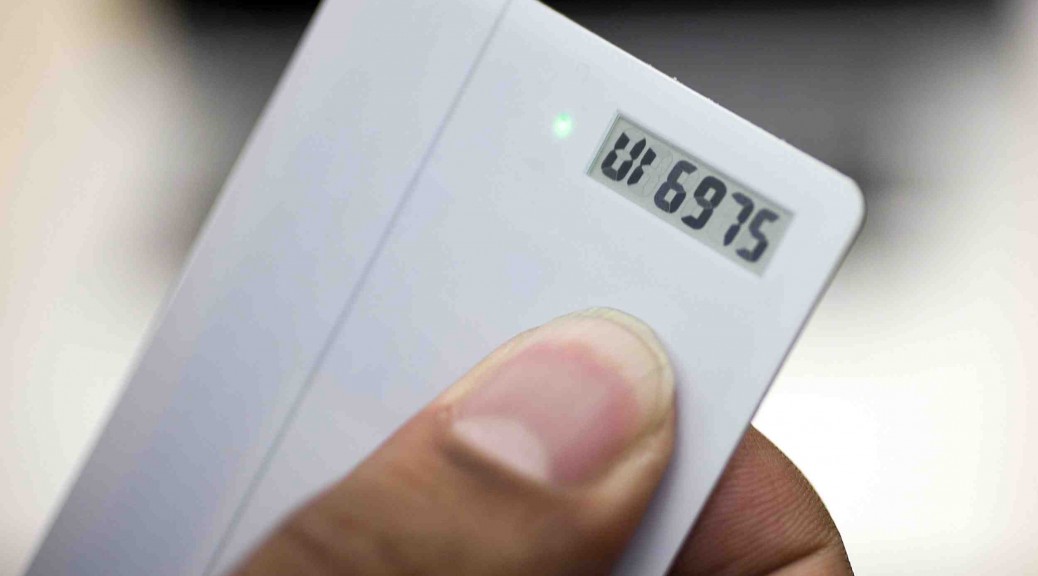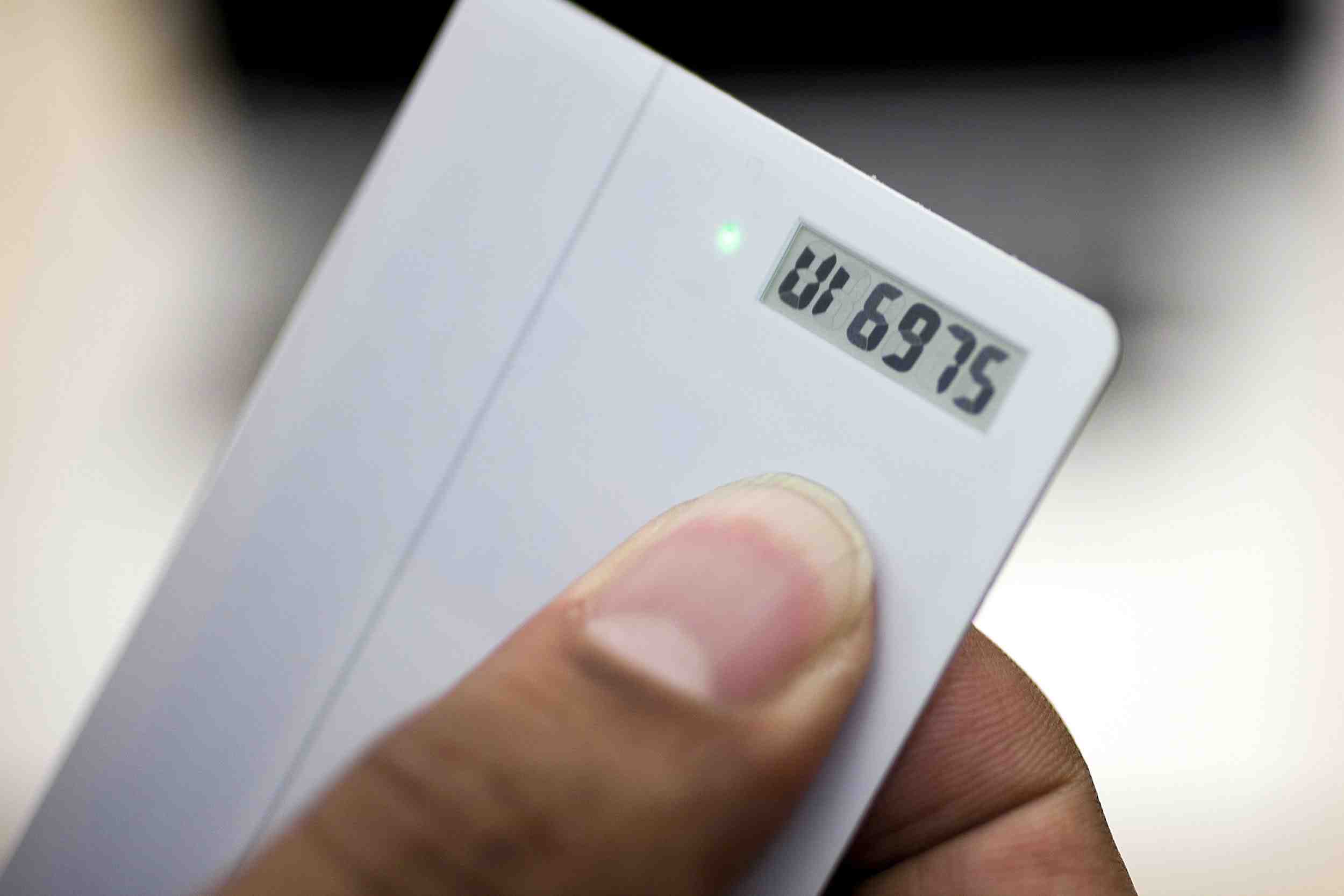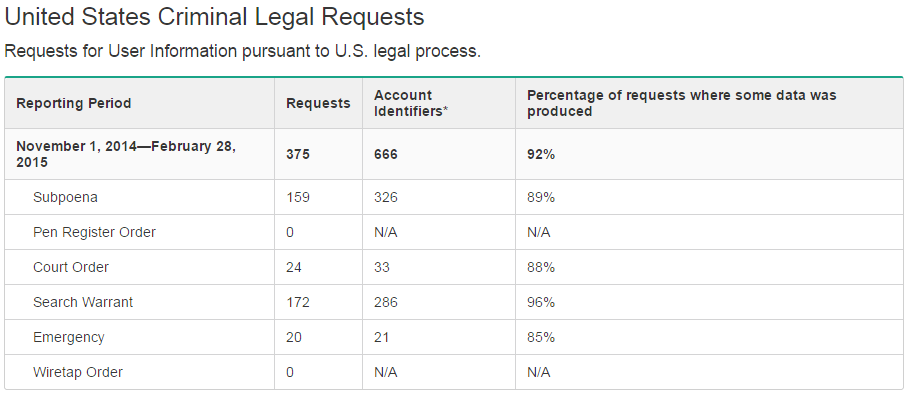The feature, known as ‘login verification’, is a way that users can help protect the privacy of their Snapchat accounts.
Two Factor Authentication is a way to help secure your online accounts by adding another step when you login. With Two-Factor Authentication, your regular password won’t be enough to gain access to your account. You will also need a code which is sent to your mobile device, either in form of a text message or via an app.
In Snapchat’s case, the first time an account is accessed from a new device, Snapchat will require a code sent via SMS to the mobile number registered on the account. This code can then be used to access Snapchat normally. Afterwards, the authorization will not be required on that device again (unless you instruct Snapchat to ‘forget’ the device.)

For more information on two-factor authentication, check out the video below from AVG Academy.
How to enable login verification on Snapchat
As detailed in Snapchat’s support page, here’s how to enable login verification in the app:
- Tap the ghost icon at the top of your camera screen
- Tap the Settings gear in the top right hand corner of your Profile screen
- Tap ‘Login Verification‘ under the ‘My Account’ section
- Tap the ‘Continue‘ button
- Enter the verification code sent to your mobile phone and tap ‘Continue‘
Once you have completed the login verification process, your device will remain a verified device until you elect to forget it.
![]()
![]()




